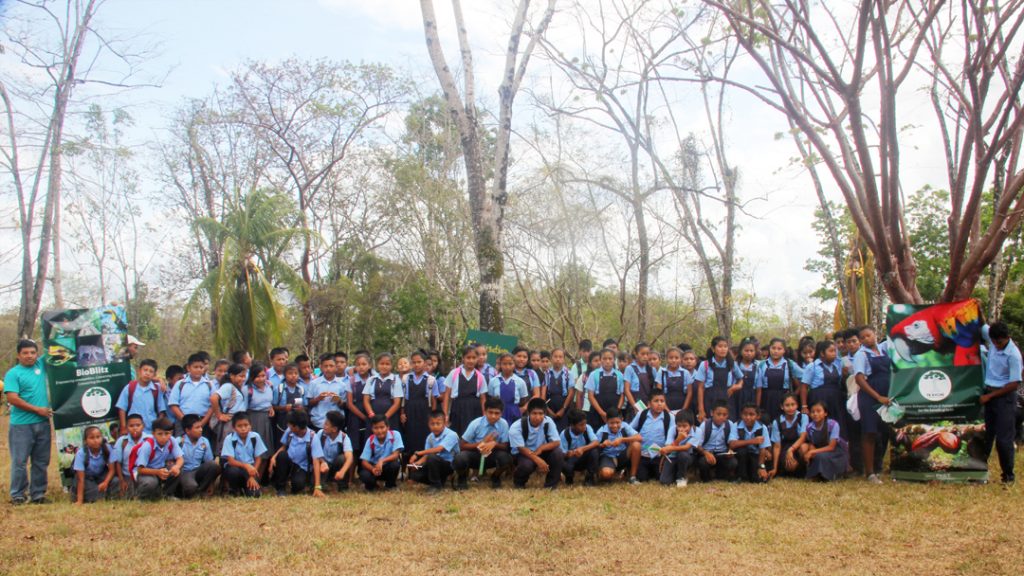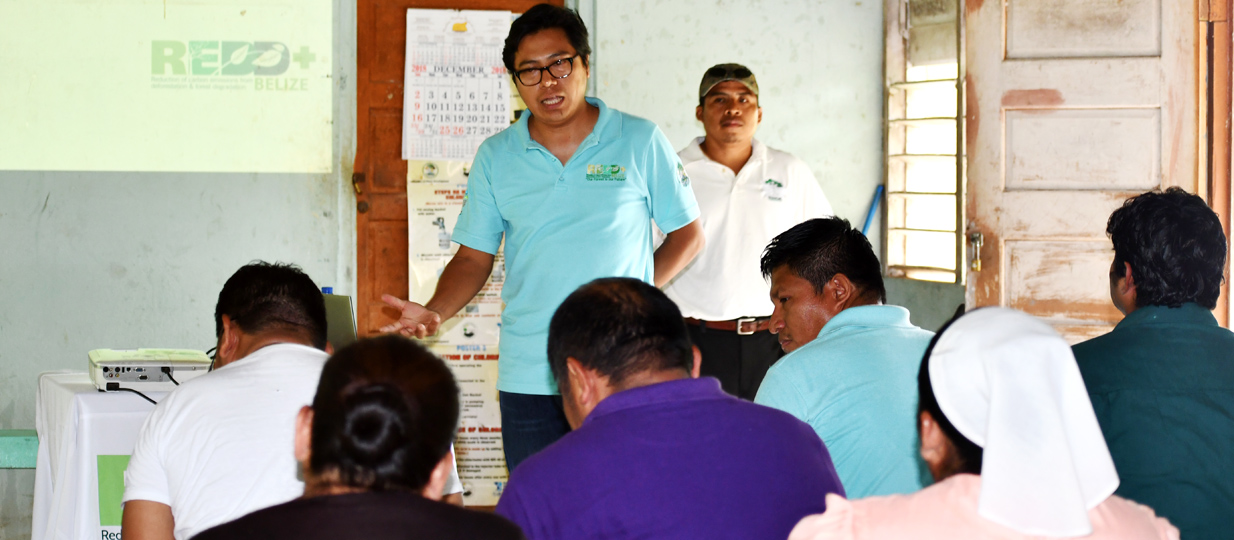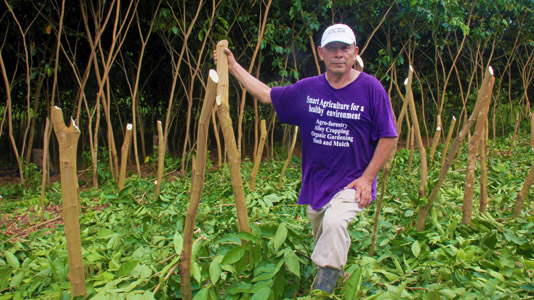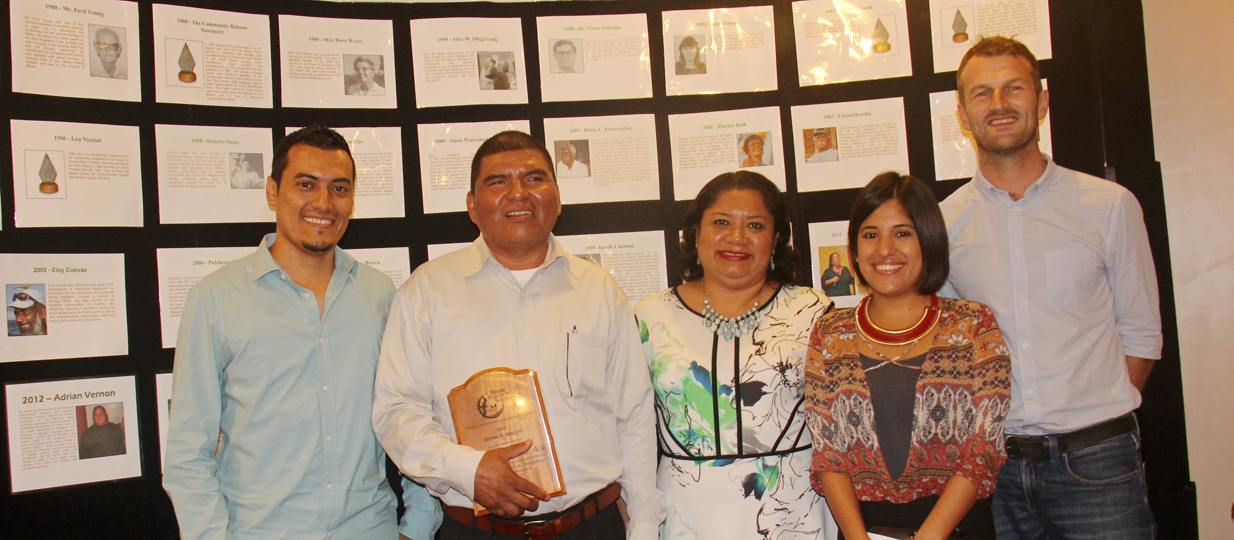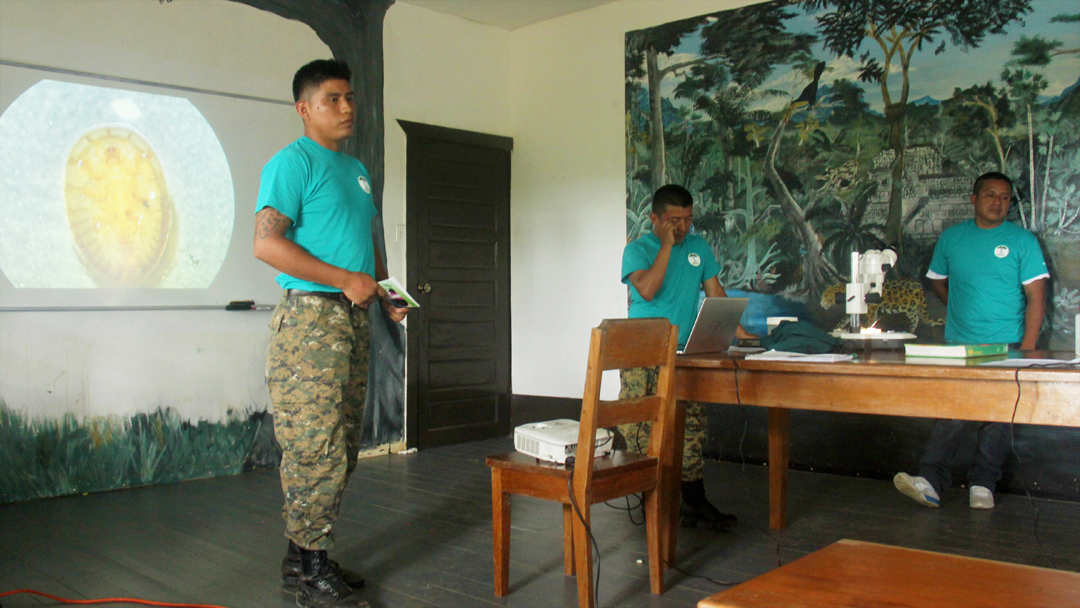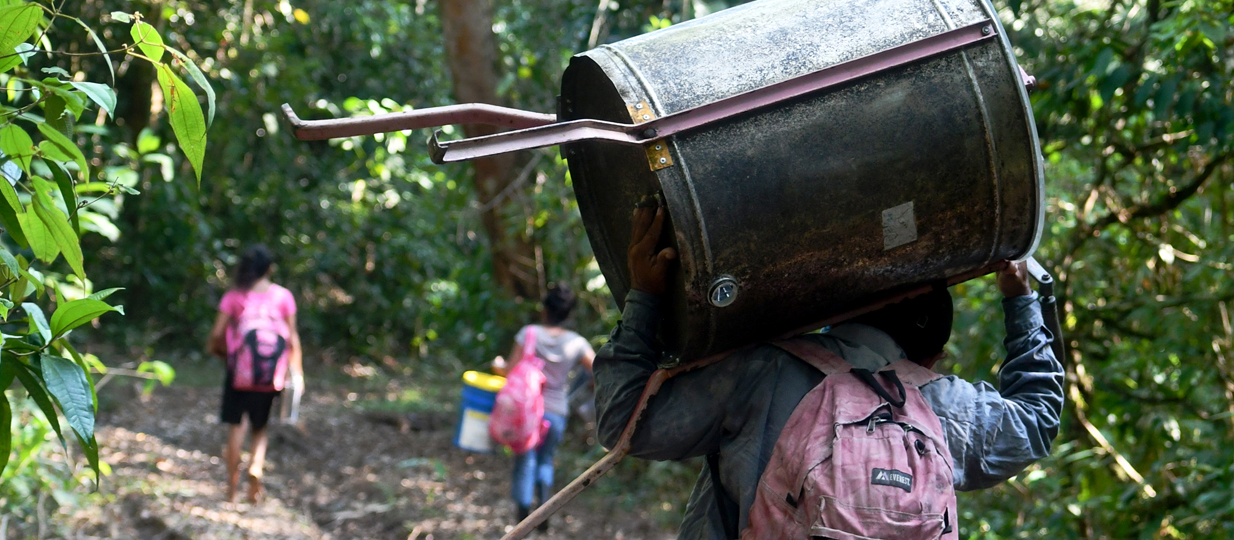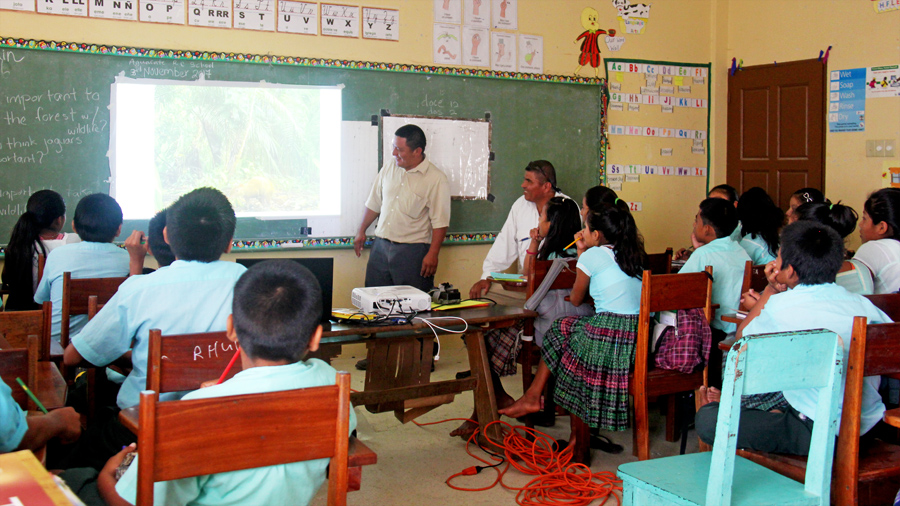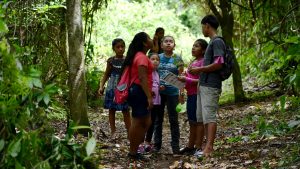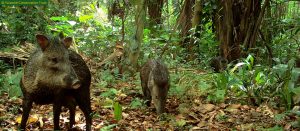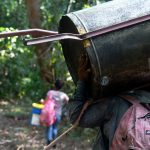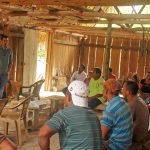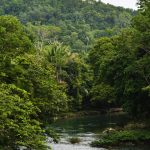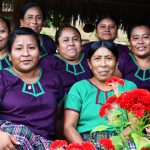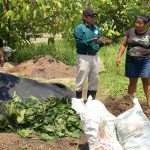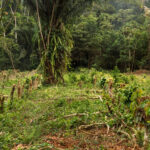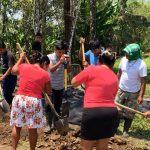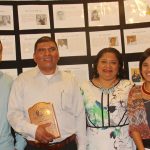Yearly, Ya’axché engages over a hundred students of the Maya Golden Landscape in biodiversity research in its BioBlitz event.
BioBlitz is an internationally held event where communities and scientists come together to identify as much biodiversity in an area as they possibly can during a limited time.
Children from communities of the Maya Golden Landscape (MGL) are involved in Ya’axché’s BioBlitz event, since they are upcoming stewards of nature. Ya’axché hosted 120 primary school students from Big Falls, San Miguel, Silver Creek, and Bladen villages at Ya’axché’s field station, which is located at the heart of the Golden Stream Corridor Preserve, southern Belize.
The Golden Stream Corridor Preserve (GSCP) is an essential forest link between the Maya Mountains and the coastal mangrove forests. The 15,441 acre private protected areas is managed by Ya’axché. The critical forest corridor is important for many iconic and endangered species including jaguars, tapirs and howler monkeys. Ya’axché carries out long-term wildlife monitoring and research within GSCP and two other national protected areas. The data collected helps the organization make science-based decisions on protected areas management and community outreach and livelihoods.
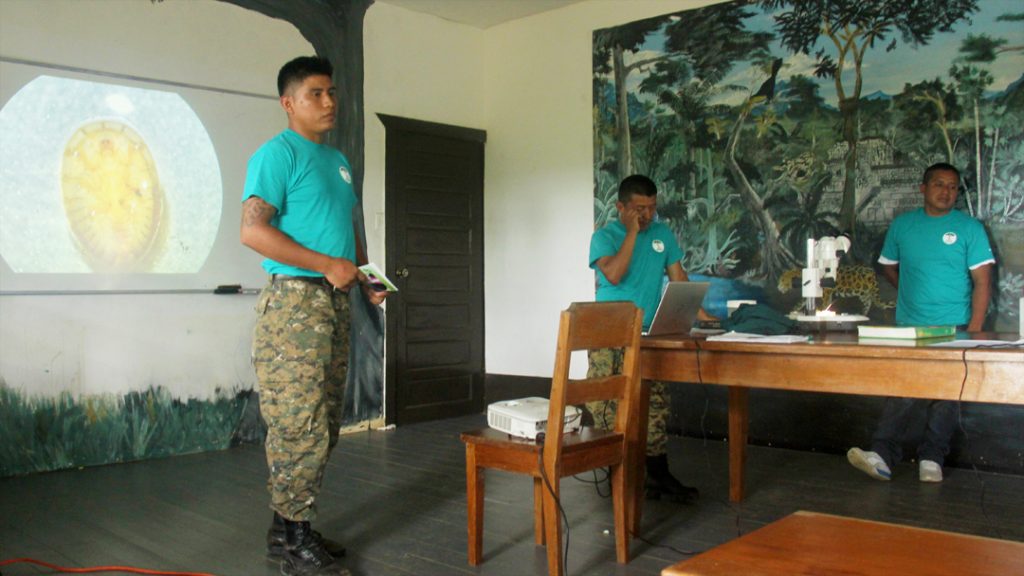
On Friday, May 24, 2019, Ya’axché’s team shared their skills and knowledge, and the students participated in research and monitoring activities that Ya’axché conducts daily.
The students learned how to use binoculars to spot and identify birds, listen to bird calls and observe different species in the tall trees around the field station compound.
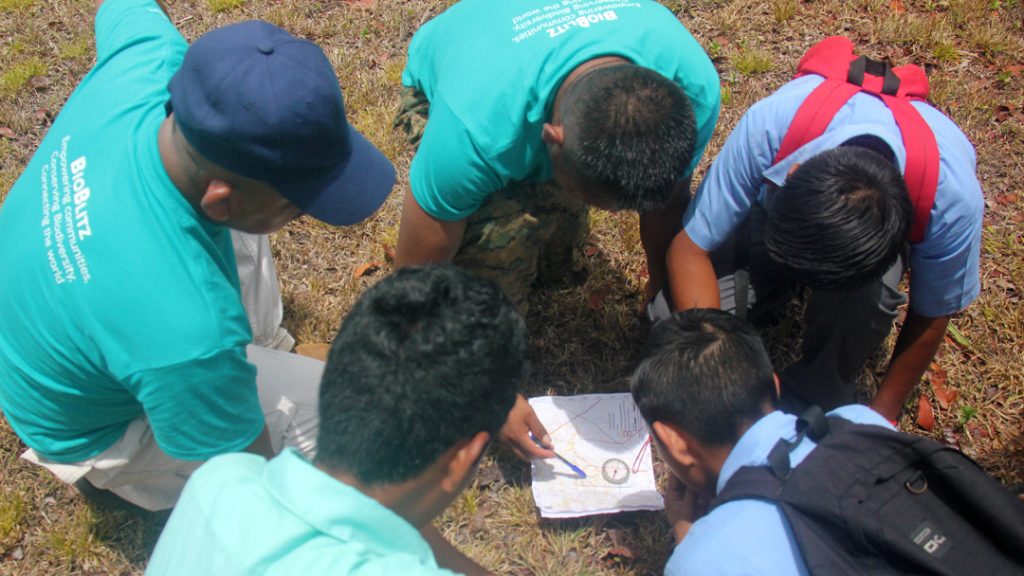
They learned how camera traps take images of wildlife within MGL farms and protected areas. They had the opportunity of looking at amazing footage of wild animals captured by the camera traps. In addition to using cameras, students learned how rangers record the presence of mammals using their tracks on the ground. This takes exceptional observational skills! Our scientists shared with the children how to identify tracks of key species, such as the jaguar, ocelot, puma, margay, jaguarundi, tapir and peccary.
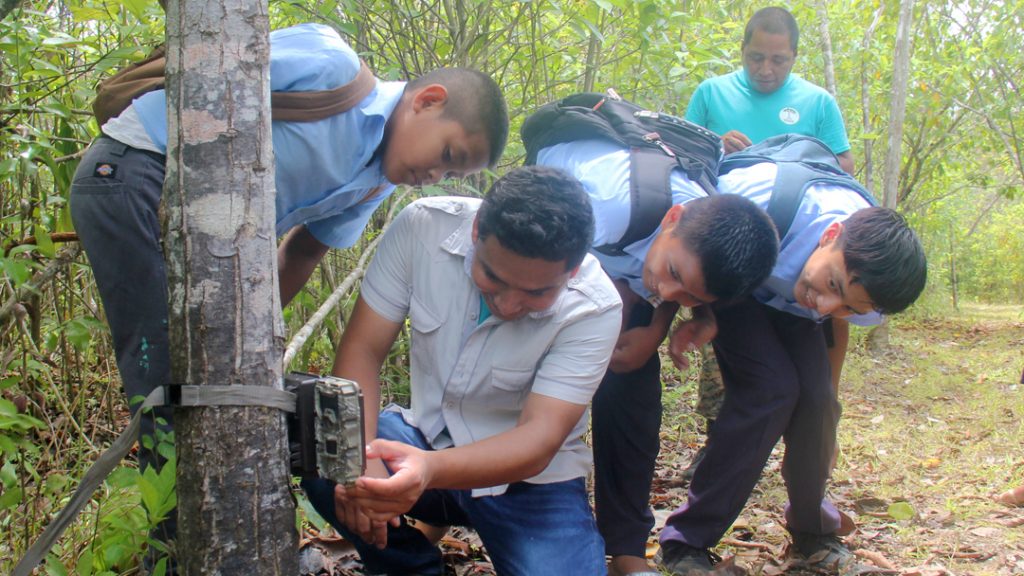
Our freshwater team was happy to teach the students the importance of clean rivers that their communities depend on. They looked through microscopes to identify different freshwater bugs that can be found in healthy waters.
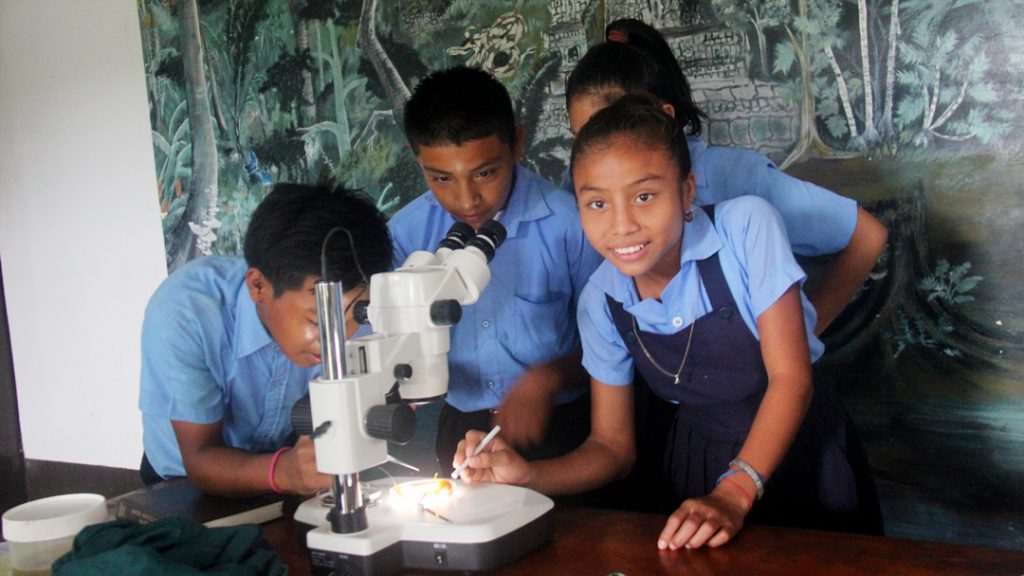
Finally, students discussed the importance of standing forests. They learned how to use features of leaves to identify trees, and they practiced their identification skills by doing a scavenger hunt for trees around the field station.
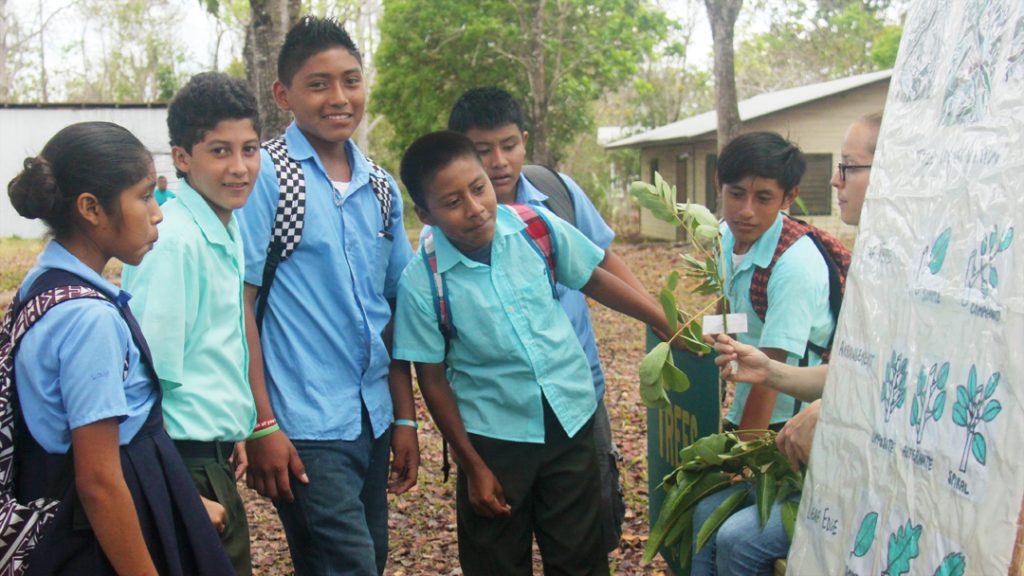
In total, all the research stations provided students with a comprehensive understanding of the biodiversity around them. In just one day, the students got to identify plants, birds, mammals, freshwater bugs and gain scientific and research skills.
Ya’axché’s BioBlitz 2019 was a blast and success. The event was held under the theme “Empowering communities, Conserving biodiversity, Connecting the world“. Ya’axché gives special thanks to our sponsors Protected Areas Conservation Trust (PACT) and private individual donors, and to Ya’axché’s dedicated team that made sure the event was a fun learning experience promoting biodiversity.
